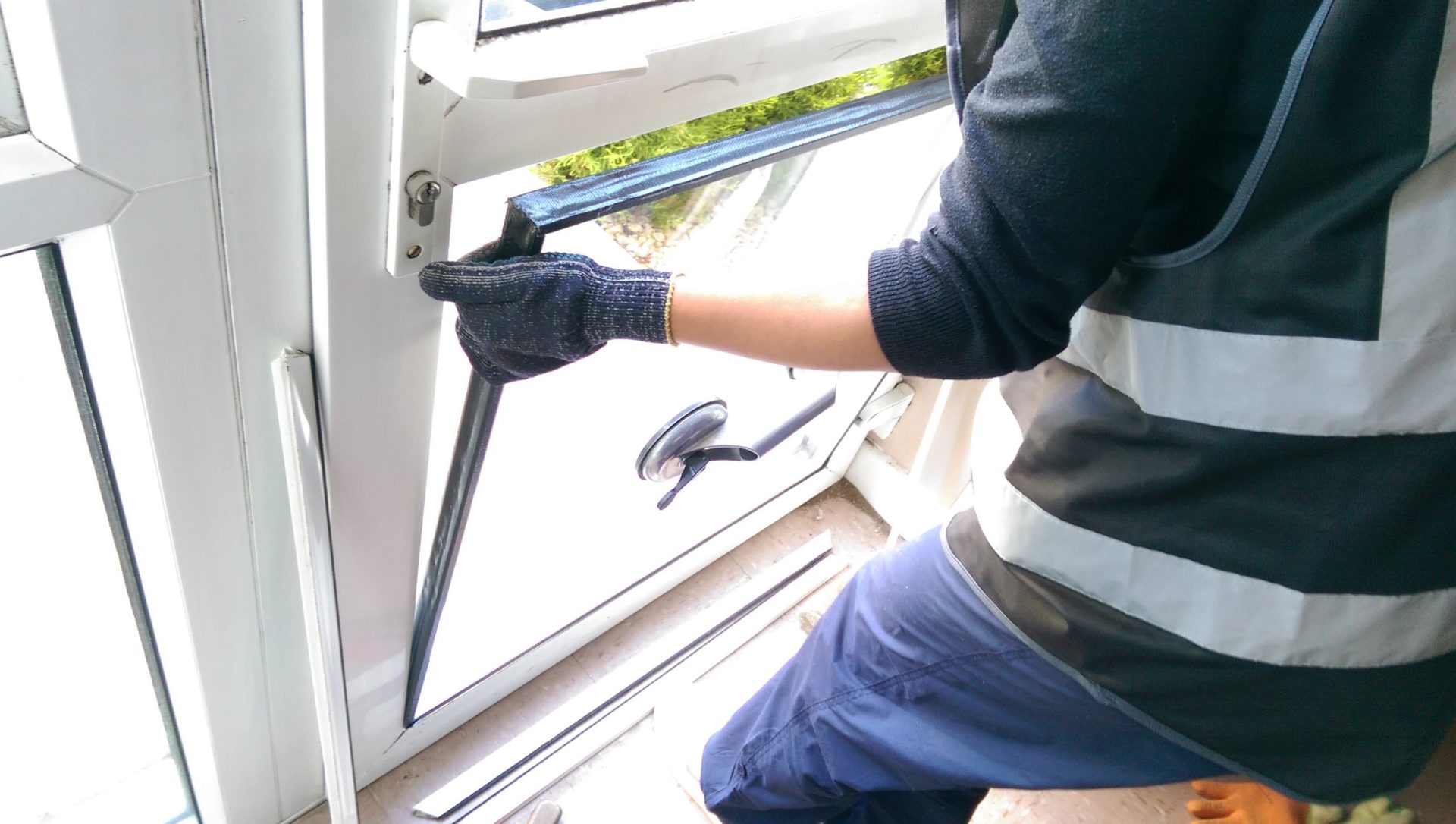20 Up-And-Comers To Follow In The Quality Double Glazing Industry
The Value of Quality Double Glazing: An In-Depth Analysis
Double glazing has actually gained immense appeal for many years as a preferred option for homeowners looking for to improve their living spaces. It is not just a pattern; it offers many practical benefits that enhance energy effectiveness, sound insulation, and total comfort. This post explores the key aspects of quality double glazing, its advantages, installation procedures, possible expenses, and responses to some frequently asked questions.
What is Double Glazing?
Double glazing describes a window or door building strategy that incorporates 2 panes of glass with a space between them. This space is typically filled with air or an inert gas like argon, which assists improve thermal insulation. The primary intent behind double glazing is to create a barrier that reduces heat loss and noise seepage, making homes more energy-efficient and comfortable.
Table 1: Advantages of Quality Double Glazing
Benefit
Description
Energy Efficiency
Decreases heat loss, causing lower energy costs.
Sound Reduction
Substantially dampens external noise, producing a quieter indoor environment.
Security
Uses an included layer of durability and resistance to burglaries.
Condensation Control
Assists reduce condensation on windows, lowering mold and dampness.
Increased Property Value
Boosts the home's market appeal and worth.
Benefits of Quality Double Glazing
Energy Efficiency
- Among the most considerable advantages of quality double glazing is energy efficiency. By creating an insulating barrier, double-glazed windows can drastically reduce heating expenses. Homeowners often report cost savings of up to 20% on their energy expenses.
Noise Reduction
- Quality double glazing supplies a reliable soundproofing service, specifically useful for homes located near busy roads or noisy environments. The several layers of glass soak up sound waves, making sure a serene indoor atmosphere.
Security Enhancement
- Invest in double-glazed windows for included home security. The robust building and construction makes it more tough for burglars to break in, supplying comfort for homeowners.
Condensation Reduction
- Double glazing lessens condensation accumulation on windows during temperature fluctuations, lowering the risk of mold growth and benefiting people with allergic reactions or respiratory problems.
Increased Property Value
- Houses geared up with energy-efficient features, including double glazing, are often more attractive to prospective purchasers. This can result in an increase in residential or commercial property value.
Setup Process of Double Glazing
Action 1: Initial Assessment
- A professional installer evaluates the property to guarantee that double glazing is an appropriate choice based on elements such as existing window frames and structure.
Step 2: Choosing the Right Windows
- Property owners must select quality frames and glazing choices. Typical products for frames consist of uPVC, wood, and aluminum.
Action 3: Measurements and Planning
- Precise measurements are important for a seamless fit. The installer will measure existing windows and plan the setup appropriately.
Step 4: Installation
- The installers will remove old windows (if applicable) and fit the brand-new double-glazed systems. Care is required to ensure proper sealing to prevent air leak.
Step 5: Final Inspection
- After setup, a final inspection ensures that everything is sealed correctly and working as it should.
Table 2: Types of Glazing Options
Type
Description
Low-E Glass
Shows heat, keeping homes warm in winter season.
Laminated Glass
Boosts security and sound insulation.
Gas-Filled Units
Argon or krypton-filled for improved insulation.
Tinted Glass
Decreases glare and safeguards furniture from UV rays.
Expenses of Double Glazing
The expense of double glazing differs based upon several aspects, including:
- Type of Glazing: Different glazing options have different rate points. Low-E glass and gas-filled options tend to be more costly.
- Size of Windows: Larger windows require more materials and are usually more expensive.
- Frame Material: uPVC frames are generally less pricey than hardwood or aluminum frames.
- Installation Complexity: Additional challenges, like custom styles or structural modifications, can increase costs.
Typical Cost Estimates:
- uPVC Double Glazed Windows: ₤ 300 – ₤ 700 per window
- Wooden Double Glazed Windows: ₤ 800 – ₤ 1,500 per window
- Aluminum Double Glazed Windows: ₤ 600 – ₤ 1,200 per window
Keep in mind that while the initial financial investment may be high, quality double glazing can lead to considerable savings with time due to decreased energy costs.
Often Asked Questions (FAQs)
1. For how long does double glazing last?
Quality double glazing typically lasts around 20-35 years, depending upon the products used and upkeep practices.
2. Is double glazing worth the financial investment?
Yes, double glazing deserves the financial investment due to its energy effectiveness, sound reduction abilities, and increased home value.
3. Can double-glazed windows be fixed?
In most cases, yes. It is possible to change individual panes or repair work seals without requiring to replace the whole window unit.
4. Will double glazing www.repairmywindowsanddoors.co.uk ?
Yes, homeowners can see visible decreases in energy expenses due to improved insulation and lowered heat loss.
5. Are there grants available for double glazing setups?
In some regions, there may be federal government grants or incentives for energy-efficient home improvements. Examine local guidelines and programs.
Quality double glazing acts as a wise investment for property owners wanting to enhance their living conditions and enhance their homes. With a variety of advantages, consisting of energy efficiency, noise reduction, and increased security, double glazing presents a beneficial choice in home enhancement. Correct installation, together with mindful choice of products and financing alternatives, can further boost the numerous benefits that double glazing supplies.
